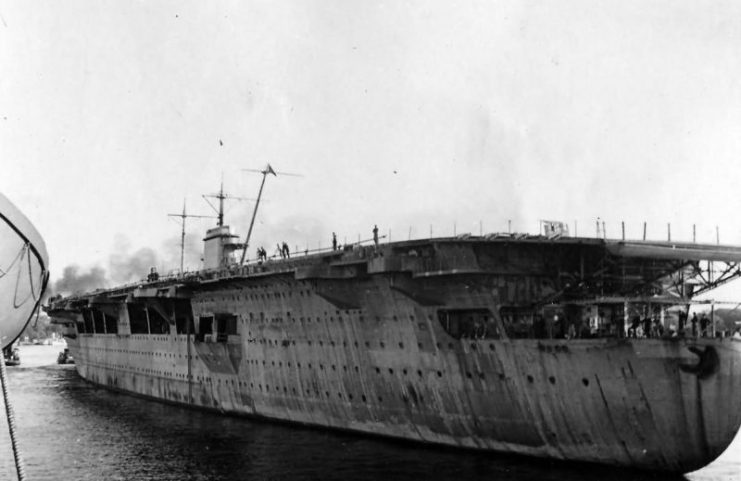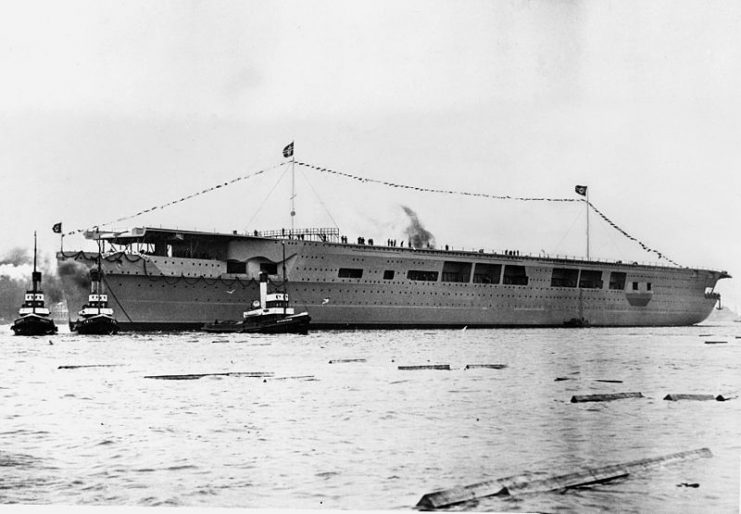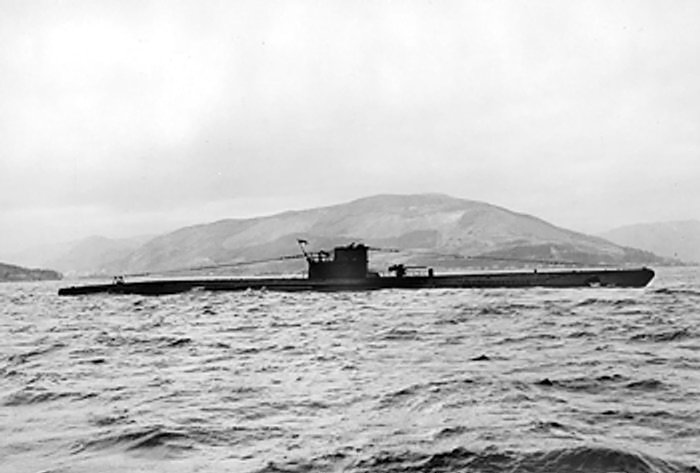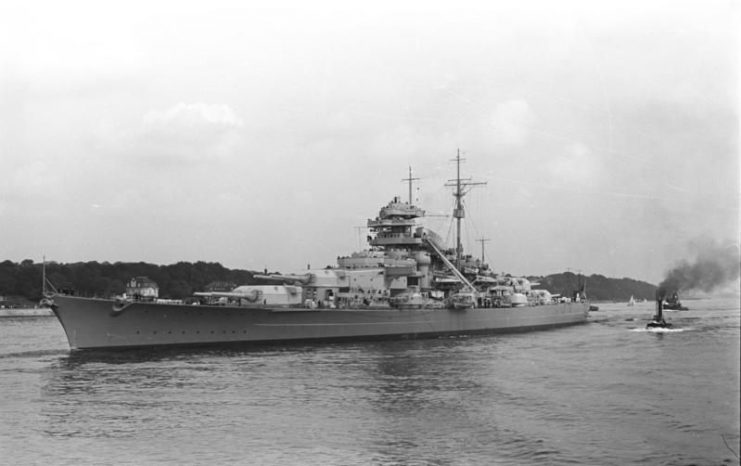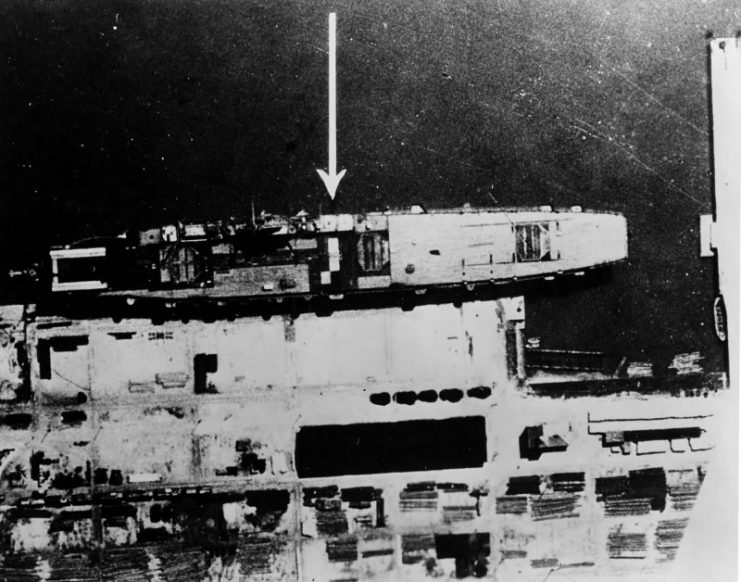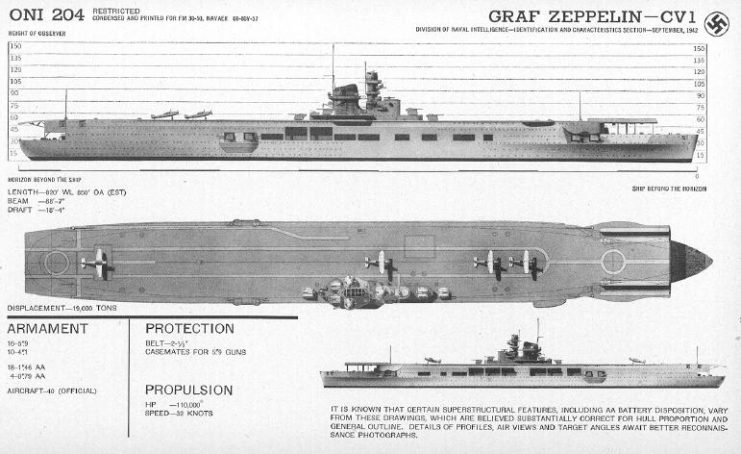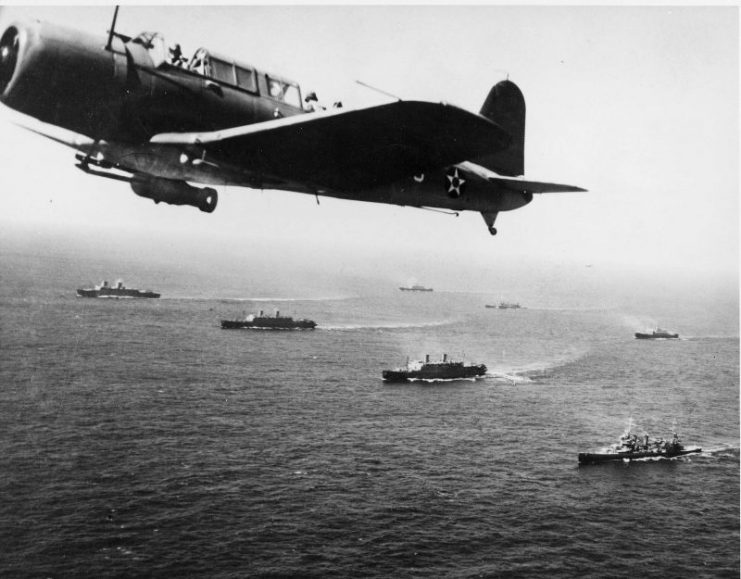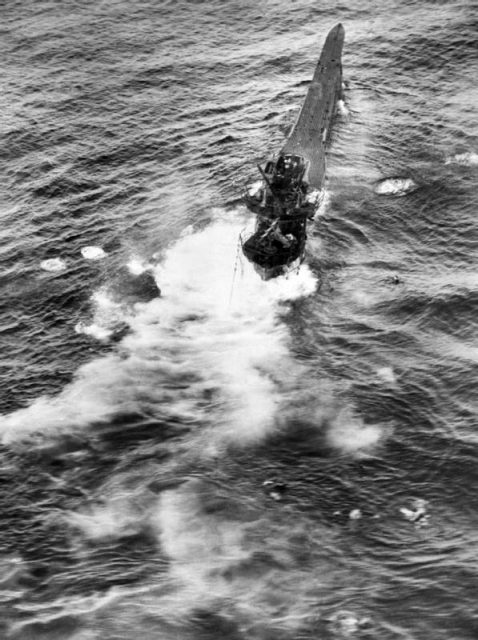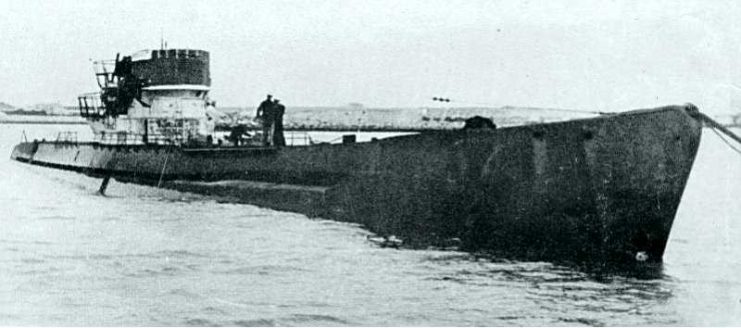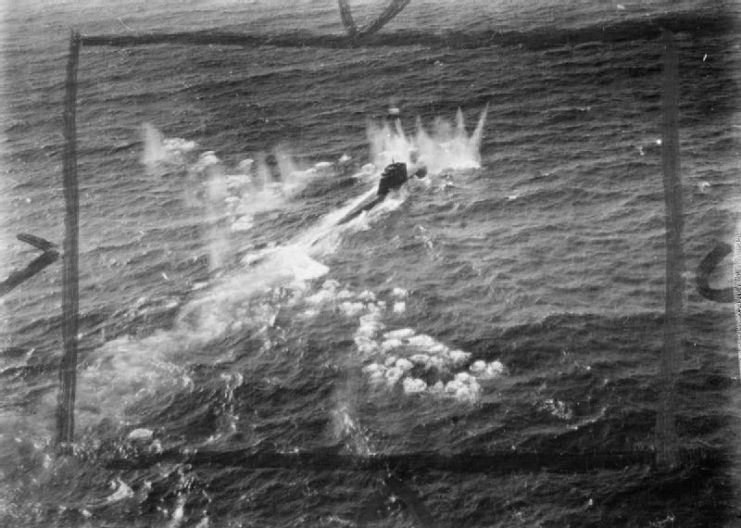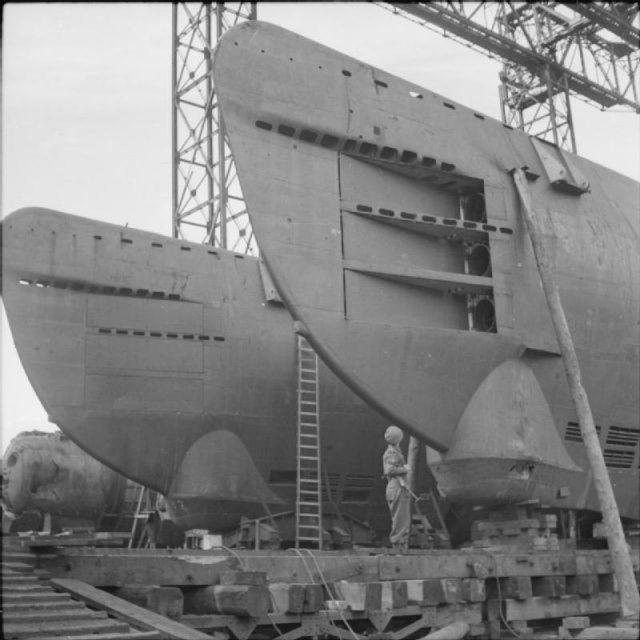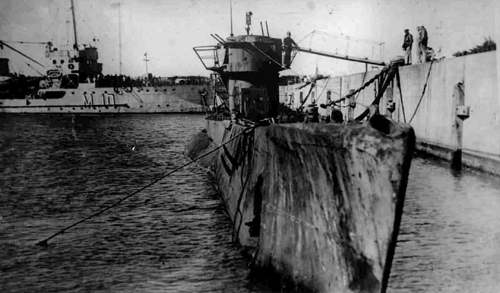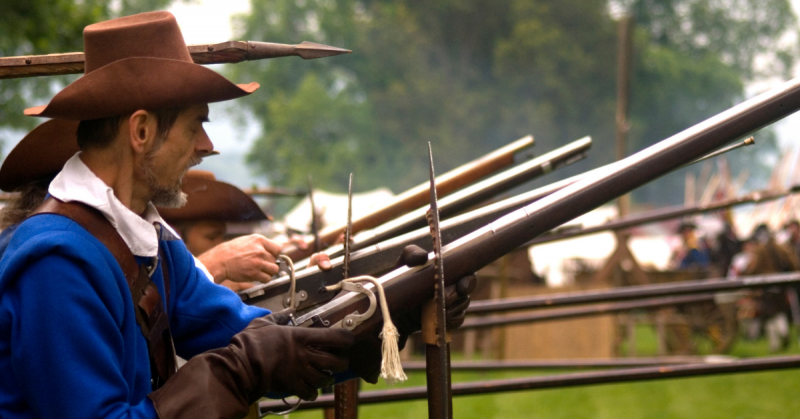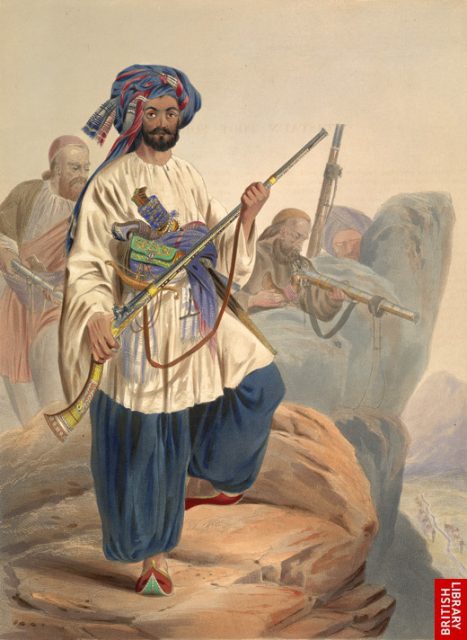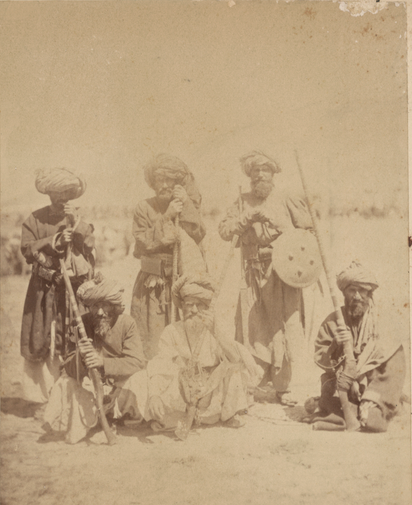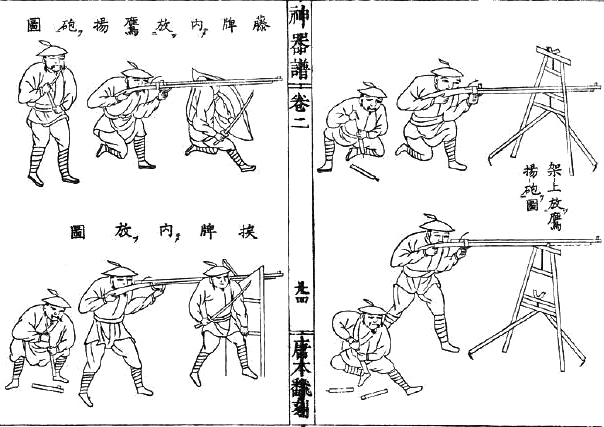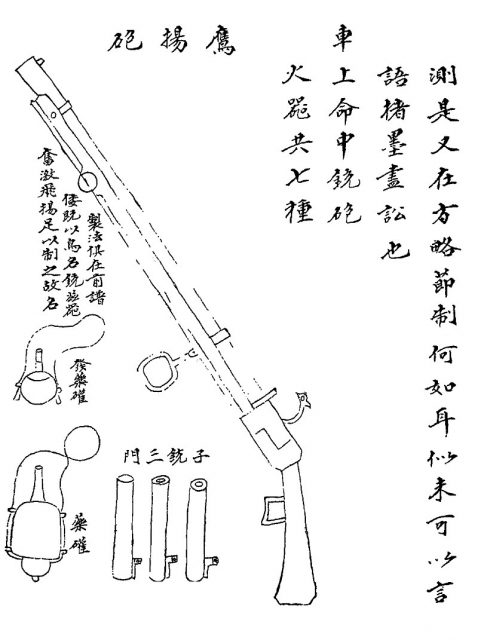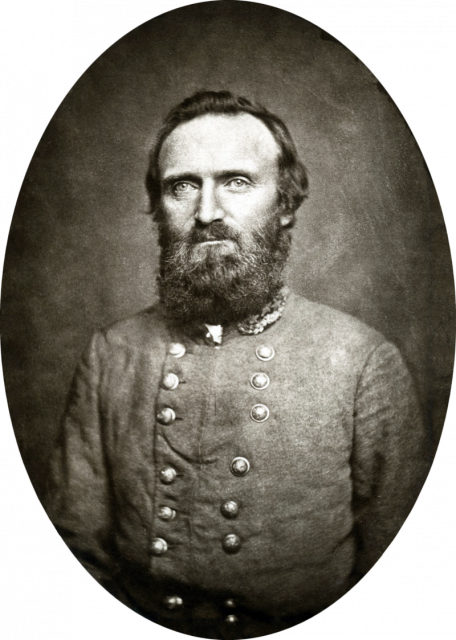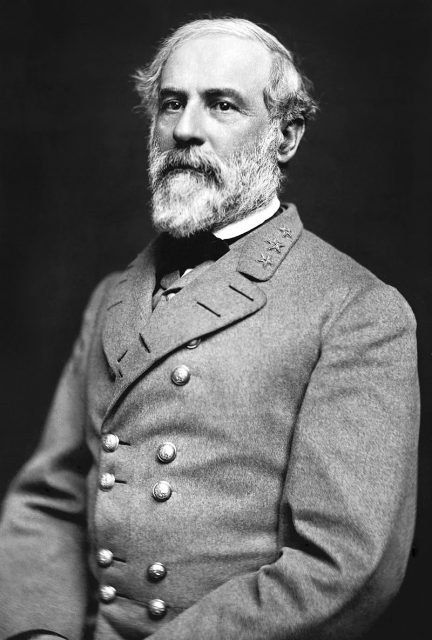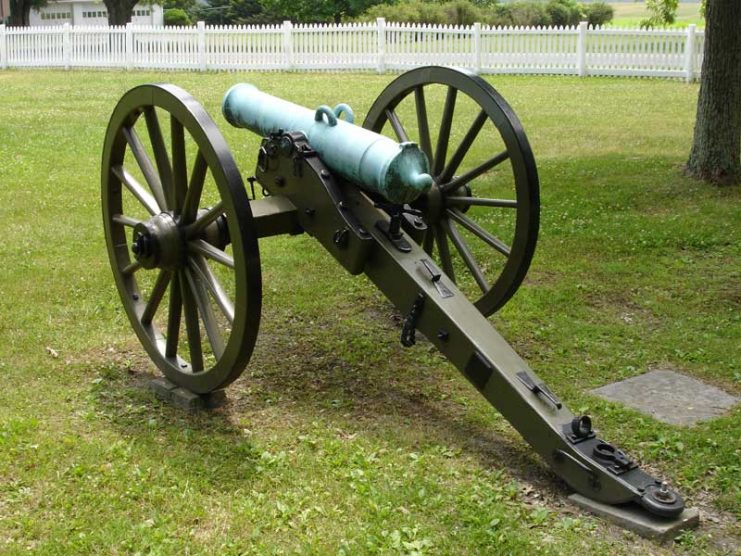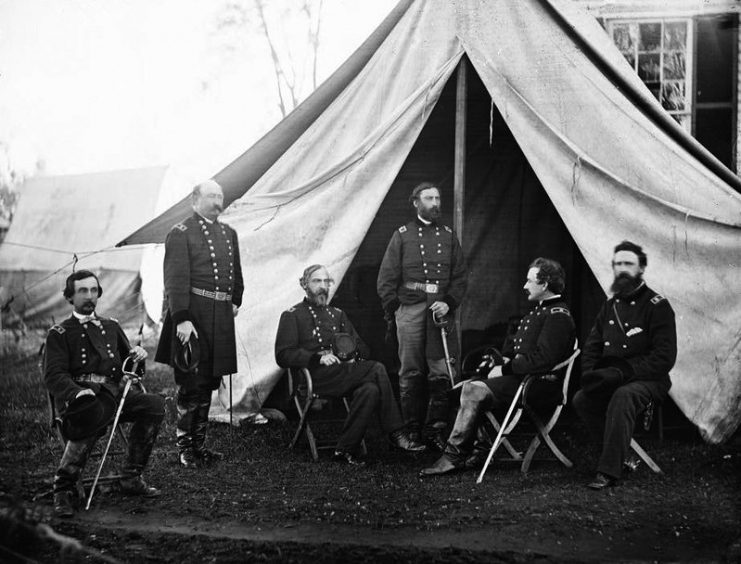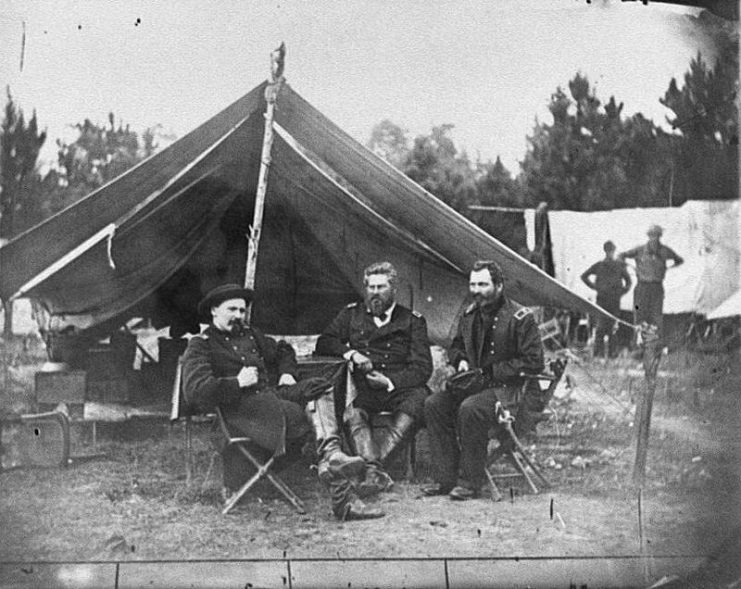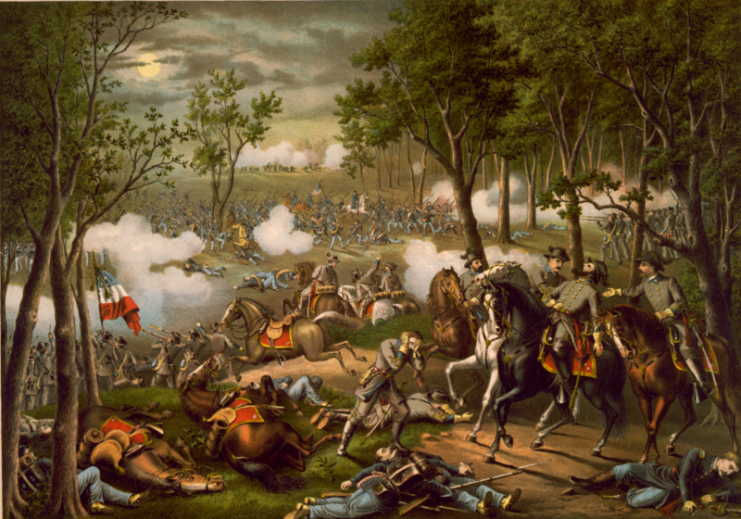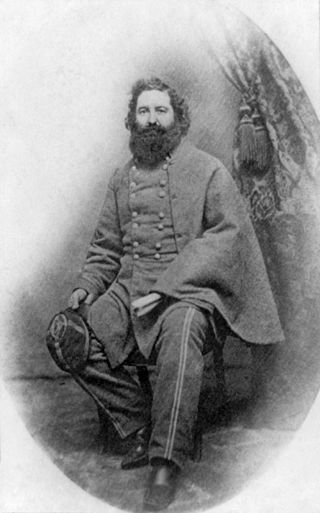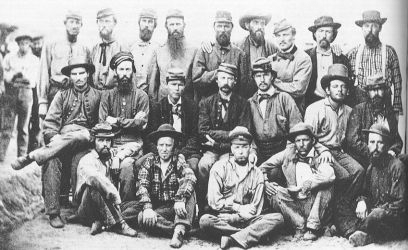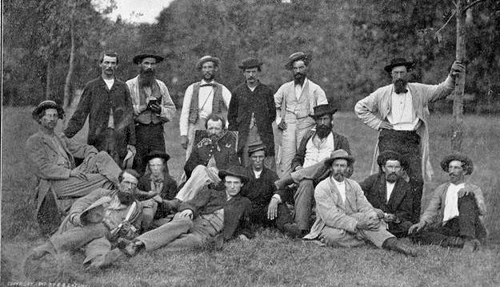I am getting back into the swing back to being home, We came back from vacation and I immediately rolled into my work schedule. I am now relaxing a bit. I have seen the circus called the Kavanaugh hearings, and the democrats have pulled out all the stops..
But her story is also growing less believable by the day. Here are
eight reasons why it’s hardly “anti-woman” for senators to question her
account at Thursday’s hearing:
1) For starters, Ford still can’t recall basic
details of what she says was the most traumatic event in her life. Not
where the “assault” took place — she’s not sure whose house it was, or
even what street it was on. Nor when — she’s not even sure of the year,
let alone the day and month.
Ford’s not certain how old she was or what grade she was in when she
says an older student violently molested her. (But she doesn’t plead
inebriation: She described having just “one beer” at the party.)
2) Ford concedes she told no one what happened to
her at the time, not even her best friend or mother. That means she can
rely on no contemporaneous witness to corroborate her story.
3) Worse, the four other people she identified as
attending the party, including Kavanaugh, all deny knowledge of the
gathering in question, including Leland Ingham Keyser, who she calls a
“lifelong friend.”
Keyser’s lawyer told the Senate Judiciary Committee: “Simply put, Ms.
Keyser does not know Mr. Kavanaugh and she has no recollection of ever
being at a party or gathering where he was present, with or without Dr.
Ford.”
The other two potential witnesses — Mark Judge and Patrick “P.J.”
Smyth — also deny any recollection of attending such a party. The
committee took their sworn statements “under penalty of perjury.” “These
witnesses directly contradict Professor Ford’s allegations against
Judge Kavanaugh,” Judiciary Committee Chairman Chuck Grassley advised
Ford’s attorneys last week.
In her original letter to Sen. Dianne Feinstein, Ford claimed that Kavanaugh talked to Keyser and Smyth right after he assaulted her. Yet neither shares her memory.
This is, to say the least, highly problematic for her case. No witness corroborates any part of her story.
4) Her own immediate family doesn’t appear to be
backing her up, either. Her mother, father and two siblings are all
conspicuously absent from a letter of support released by a dozen
relatives, mostly on her husband’s side of the family.
The letter attests to her honesty and integrity. “Why didn’t her
parents and brothers sign the letter?” a congressional source familiar
with the investigation wondered.
5) This summer, Ford tried to reach out to old
friends from high school and college to jog her memory. They couldn’t
help her. “I’ve been trying to forget this all my life, and now I’m
supposed to remember every little detail,” Ford complained to one friend
in July, according to an account in The San Jose Mercury News.
6) Yet she still pushed forward with her bombshell
charge, contacting The Washington Post tip line and Democratic
lawmakers, while hiring a Democratic activist lawyer. Ford is also a
Democrat, as well as an anti-Trump marcher, raising questions about the
motive and timing of the allegations along with their veracity.
7) Ford contends that notes her therapist took in 2012 corroborate her account. But they don’t mention Kavanaugh.
They also point up inconsistencies in her story. For instance, her
shrink noted that Ford told her there were “four boys” in the bedroom,
not two as she now says. The notes also indicate Ford said she was in
her “late teens” when she was assaulted. But Ford now says she may have
been only 15.
8) In another inconsistency, Ford told The
Washington Post she was upset when Trump won in 2016, because Kavanaugh
was mentioned as a Supreme Court pick. But Kavanaugh wasn’t added to
Trump’s list of possibles until November 2017, a full year later.
On top of all that, Kavanaugh “unequivocally denied Dr. Ford’s
allegations . . . under penalty of perjury” during a Sept. 17 interview
with committee lawyers, Grassley said, adding he was “forthright and
emphatic in his testimony” and “fully answered all questions.”
The sworn interview will no doubt be used to test the consistency and veracity of his public statements Thursday.
Yet Democrats have already tried and convicted Kavanaugh of sexual
assault. Without hard evidence, without substantiation, some even go
beyond Ford’s claims to call him an out-and-out “rapist,” “sexual
predator,” even a “child predator.”
I am concerned big time....our judicial system is based on the presumption that the accused is "Innocent before proven guilty", well now it is totally the other way, people are saying that because she is the accuser, than she should be believed and the accused has to prove their innocence.
This is frightening, someone can make an accusation from way back in the past and you have to try to prove your innocence. I have done some dumb things when I was much younger, and no I didn't try to molest any one, but I did do some boorish behavior as have any teenager. Now as a the parent of a 15 year old son, I have great concerns of what kind of world he will inherit, when his reputation can be smeared and he can lose a job because of an accusation with no shred of proof, just the accusation would be enough to derail him, possibility put him in jail and certainly ruin his career. What happened to the "Rule of Law", our judicial system is based on the premise that "Better 10 guilty men go free rather than 1 innocent man is locked up." This totally sets that premise aside and will make the court system a kangaroo court where it is no longer the rule of law, but the Rule of the Mob and the mob will be whoever is the flavor of the month is.
And there are more women claiming that they are "Victims" also. This has the makings of a modern day Salem witch trials. And I saw an article where some of the women on the left side of the aisle are reveling in the power, they make comments that "After 20,000 years, men finally fear women. now it is our turn." Besides the vapid stupidity of that comment, it shows that this belief is a danger to our civilization. It takes both men and women to work together for a workable society. These vapid women believe that they can create a society of women only, I wonder who is going to defend their "utopian" society when the barbarians come over and make them slaves and slap a burka on them.
A friend of mine at work told me about something that the Chinese are doing, and this if successful would be a democrat/socialist wet dream for control of the population and crushing thought that is contrary to democratic grouphivethink.
That may sound like a dystopian vision of the future is already happening in China. And it’s making and breaking lives.
The Communist Party calls it “social credit” and says it will be fully operational by 2020.
Within
years, an official Party outline claims, it will “allow the trustworthy
to roam freely under heaven while making it hard for the discredited to
take a single step”.
Social credit is like a personal scorecard for each of China’s 1.4 billion citizens.
In one pilot program already in place, each citizen has been assigned a score out of 800. In other programs it’s 900.
Those,
like Dandan, with top “citizen scores” get VIP treatment at hotels and
airports, cheap loans and a fast track to the best universities and
jobs.
“It will allow the trustworthy to roam freely under heaven while making it hard for the discredited to take a single step.”
Those at the bottom can be locked out of society and banned from travel, or barred from getting credit or government jobs.
The
system will be enforced by the latest in high-tech surveillance systems
as China pushes to become the world leader in artificial intelligence.
Surveillance
cameras will be equipped with facial recognition, body scanning and
geo-tracking to cast a constant gaze over every citizen.
Smartphone apps will also be used to collect data and monitor online behaviour on a day-to-day basis.
Then,
big data from more traditional sources like government records,
including educational and medical, state security assessments and
financial records, will be fed into individual scores.
Trial social credit systems are now in various stages of development in at least a dozen cities across China.
Several
companies are working with the state to nationalise the system,
co-ordinate and configure the technology, and finalise the algorithms
that will determine the national citizen score.
It’s probably the largest social engineering project ever attempted, a way to control and coerce more than a billion people.
If successful, it will be the world’s first digital dictatorship.
At the supermarket, Dandan is browsing the aisles. Even this everyday task will not escape the Party’s penetrating gaze.
When social credit is fully implemented, what she puts into the trolley could impact her social score.
Buying too much alcohol might suggest dependence; she’ll lose a couple of points.
But buying a pack of nappies might suggest responsibility; she’ll gain a few points.
The system will be “live” so her score will update in real time.
Dandan doesn’t object to the prospect of life under the state’s all-seeing surveillance network.
The
36-year-old knows social credit is not a perfect system but believes
it’s the best way to manage a complex country with the world’s biggest
population.
“I think people in every country want a stable and safe society,” she says.
“If, as our government says, every corner of public space is installed with cameras, I’ll feel safe.”
She’s also likely to benefit from the system.
Dandan’s financial behaviour will be an important measure for the national social credit score.
Under
an existing financial credit scheme called Sesame Credit, Dandan has a
very high score of 770 out of 800 — she is very much the loyal Chinese
citizen.
Thanks to her rating, Dandan is already able to partake in many of the rewards of China’s rapid development.
An app on her phone gives access to special privileges like renting a car, hotel room or a house without a deposit.
“If, as our government says, every corner of public space is installed with cameras, I’ll feel safe.”
But social credit will be affected by more than just internet browsing and shopping decisions.
Who
your friends and family are will affect your score. If your best friend
or your dad says something negative about the government, you’ll lose
points too.
Who you date and ultimately partner with will also affect social credit.
Dandan married for love but she chose the right husband — Xiaojing Zhang is likely to have an even higher score than her.
He’s a civil servant in the justice department, a loyal cadre to the party.
“We need a social credit system,” says Xiaojing.
“In the Chinese nation, we hope we can help each other, love each other, and help everyone become prosperous.
“As President Xi said, we will be rich and democratic, cultural, harmonious and beautiful.
“It is Xi’s hope for the country’s future. It is also the hope of the whole Chinese nation.”
China has long been a surveillance state, so the citizenry
is accustomed to the government taking a determining role in personal
affairs.
For many in China, privacy doesn’t have the same premium as it does in the West.
The
Chinese place a higher value on community good versus individual
rights, so most feel that, if social credit will bring a safer, more
secure, more stable society, then bring it on.
But most don’t seem
to comprehend the all-encompassing control social credit is likely to
have, and there’s been no public debate about implementing the system
inside China.
In private, there’s been some disquiet in the
educated middle classes about the citizen score being the only criterion
for character assessment.
But that’s not going to stop the rollout.
The
Party is using the system to win back some of the control it lost when
China opened up to the world in the 1980s and rapid development
followed.
It’s a way to silence dissent and ensure the Party’s absolute dominance.
Already, about 10 million people have been punished in the trial areas of social credit.
Liu Hu is just one of them.
In many societies, he would be celebrated. Not in China.
Liu
Hu is an investigative journalist who has uncovered corruption at the
top levels of the Party and solved serial murder cases.
He says the government considers him an enemy.
Hu lost his social credit when he was charged with a speech
crime and now finds himself locked out of society due to his low score.
In 2015, Hu lost a defamation case after he accused an official of extortion.
He was made to publish an apology and pay a fine but when the court demanded an additional fee, he refused.
Last year, the 43-year-old found himself blacklisted as “dishonest” under a pilot social credit scheme.
“There are a lot of people who are on the blacklist wrongly, but they can’t get off it,” says Hu.
It’s destroyed his career and isolated him, and he now fears for his family’s future.
The
social credit system has closed down his travel options and kept him
under effective house arrest in his hometown of Chongqing.
“Their eyes are blinded and their ears are blocked. They know little about the world and live in an illusion.”
In an apartment above the streets of Chongqing city, Hu
tries to use a phone app to book train tickets to Xi’an. The attempt is
rejected.
“[The app] says it fails to make a booking and my access to high-speed rail is legally restricted,” he explains.
Hu’s social media accounts, where he published much of his investigative journalism, have also been shut down.
Hu claims his combined Wechat and Weibo accounts had two million followers at their peak but are now censored.
Hu believes his blacklisting is political and has tried to appeal to authorities. So far he has been met with silence.
Hu wants to warn the world of the nightmare of social credit.
Doing
so could put his friends and family at risk of reprisals from the
state, but Hu believes most Chinese don’t yet understand what’s to come
under the digital totalitarian state.
“You can see from the Chinese people’s mental state,” says Hu.
“Their eyes are blinded and their ears are blocked. They know little about the world and live in an illusion.”
Dandan sees blue skies in her digital future.
And for her, there’s another incentive to be optimistic about social credit.
It’s a way to ensure a happy and healthy future for her two-year-old son, Ruibao.
Thanks
to his parents’ high citizen scores, Ruibao will get the best possible
start in life — the best housing, schools and healthcare.
The provisions and protections of the Party will be bestowed upon him.
So long as mum and dad keep their credit up.
Here is the
Article that I got the information from. This is scary and I can see the collectivist democrats trying to implement something like that especially since they have the Tech giants as their enthusiastic supporters and donors. Can you see what might happen and someone gets punished for deviating from democratic party dogma, you can get your reputation ruined, lose your job and directly impact your family. This is frightening from a freedom of speech, freedom of association perspective.
